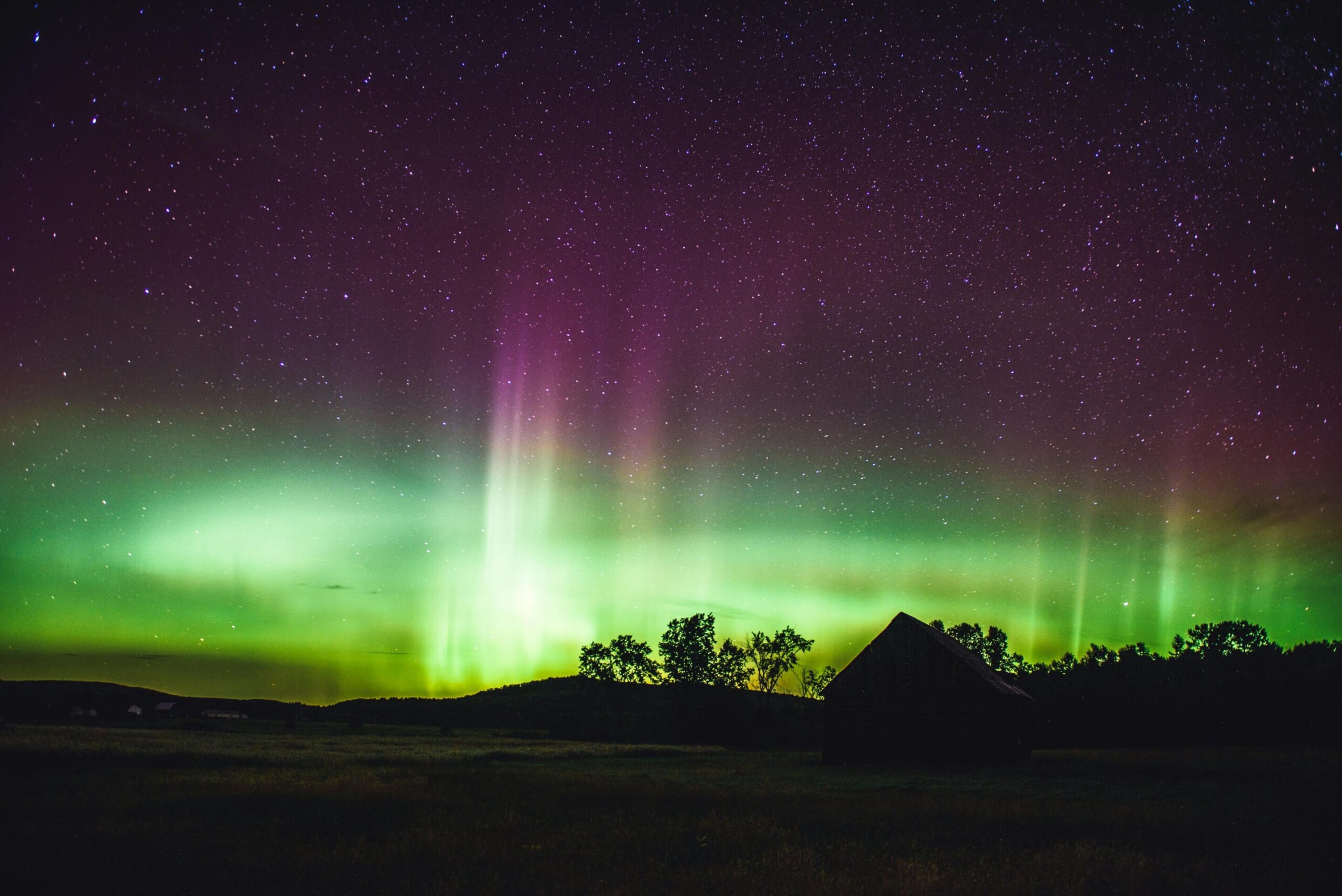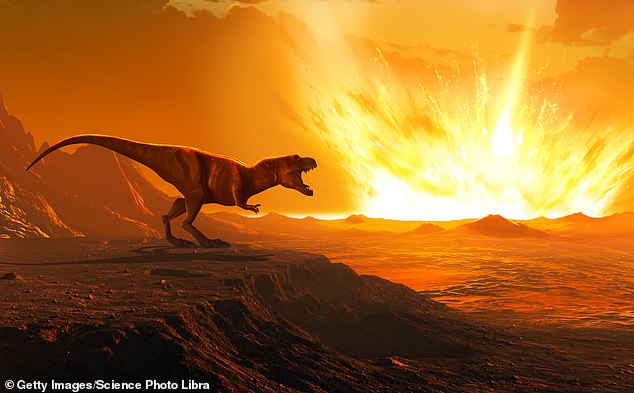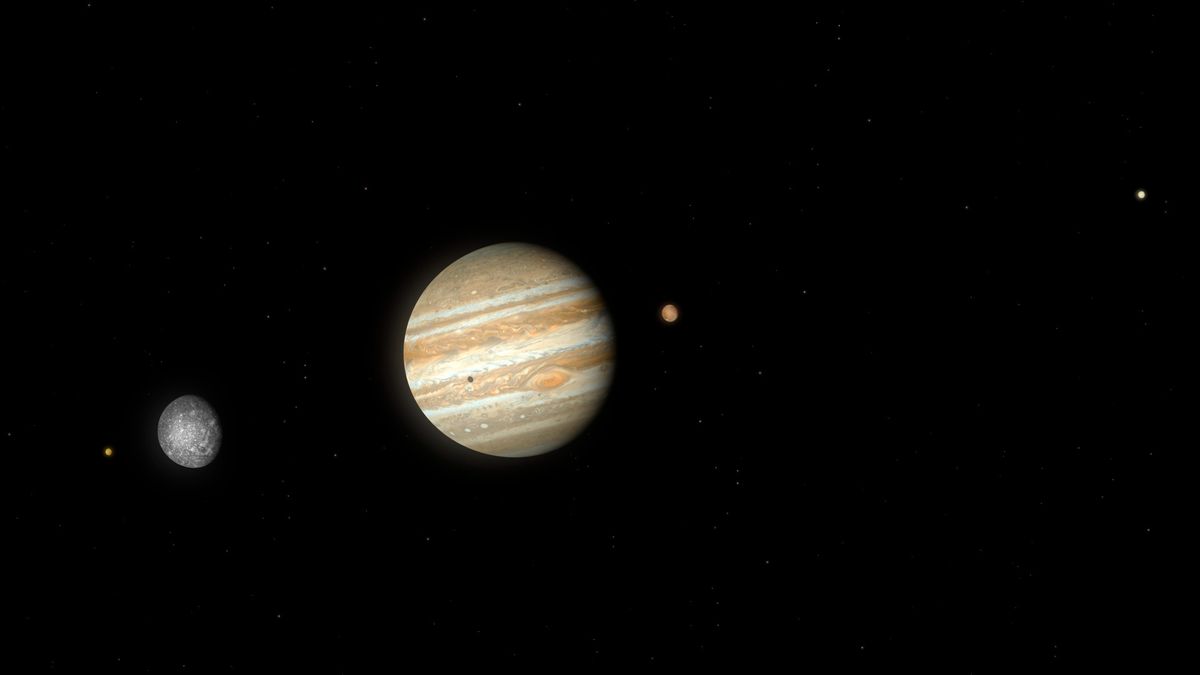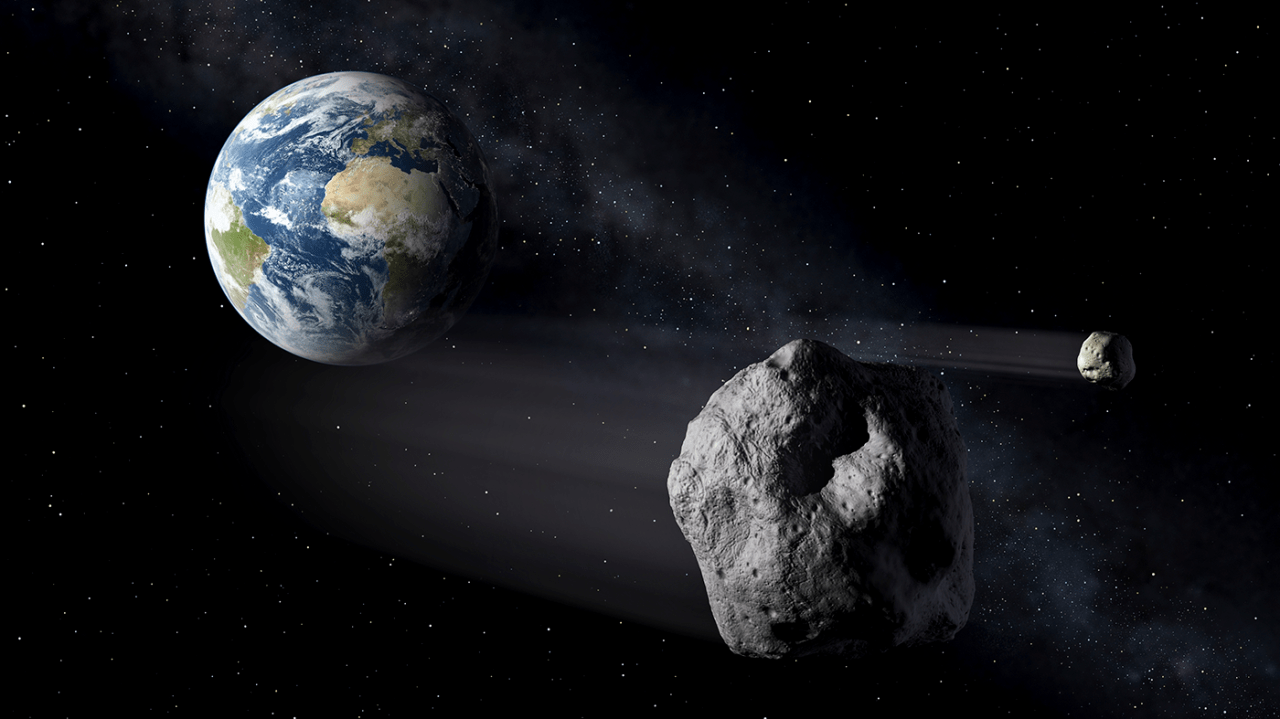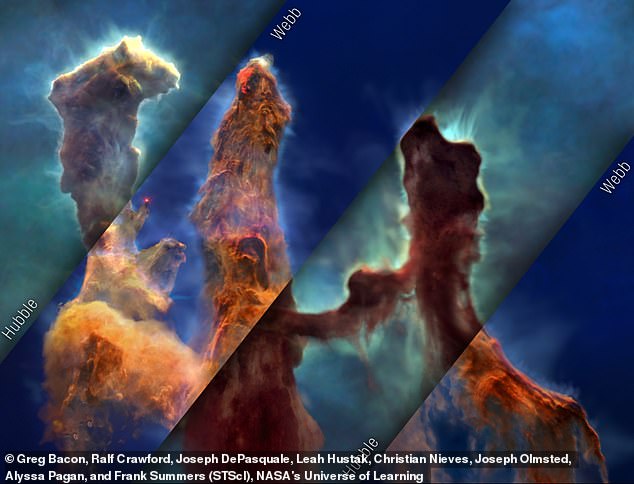New study shows mysterious bursts of solar particles could destroy the ozone layer, showering Earth with radiation for years
Credit: Harrison Haines from Pexels The spectacular aurora at the beginning of May this year showed the power that solar storms can unleash as radiation, but every now and then the sun does something far more destructive. Known as “solar particle events,” these bursts of protons directly from the sun’s surface can shoot out like … Read more
